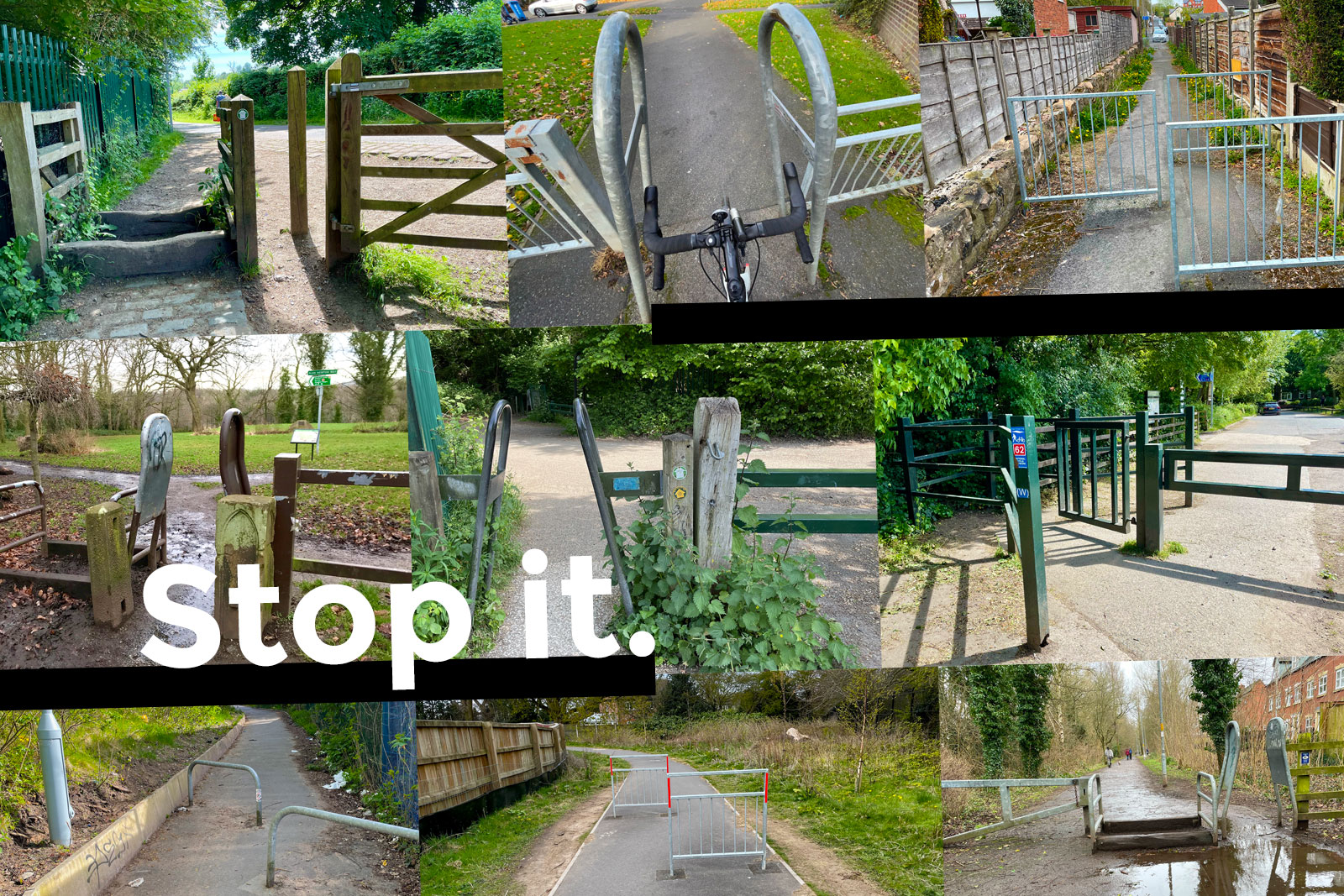
Stockport Council has caused dismay amongst cycling and accessibility advocates with a draft “access controls policy” for its off road paths which seeks to retain wiggle room to continue installing discriminatory barriers — against both government guidance and equality legislation.
For over a year, Stockport Council has been dithering on its obligations to make off road paths and cycleways accessible by conducting what it called an “access controls review”.
Any queries about existing barriers — those awful metal a-frames, chicanes and gates which blight everyday cycling in the UK — have been given basically the same response: we’re now working on a review, wait for that.
For many these barriers are just an annoyance, but if you need to use any kind of larger adapted cycle (such as a trike) on most paths across Stockport at the minute, you can’t because of these barriers: pure discrimination.
These “non-standard” bikes as they’re often known can also be an essential mobility aid, a way to get around independently. This isn’t a niche interest, disability doesn’t discriminate. Anyone could find themselves with a need for a non-standard cycle and blocked from these useful and pleasant off-road paths tomorrow.
After so much can-kicking down the road (or cycle path), this review could have, should have been a wonderful good news story. A new dawn for cycling, and for cycling with a disability in particular.
- Read the draft Access Control Policy and complete the online survey here — closes this Friday 25th February
We might have expected a comprehensive listing of every discriminatory barrier in the borough, a priority list to remove them and a plan to seek funding to do so. No, still nothing of the sort, not for many more months.
We might have expected a commitment in black and white that the council would now ensure all future access adheres to LTN 1/20 — this is a Department for Transport cycle route design guide that basically states access barriers such as chicanes should not be used and bollards with a 1.5 metre gap are the only truly acceptable option.
No, in fact — and, in a quite spectacularly ignorant case of trying to reinvent the wheel, Stockport Council has completely ignored both the government’s well-rounded guidance and Greater Manchester’s own Active Travel Design Guide (which it supposedly signed up to follow) in order to spend over a year dreaming up its own convoluted access policy from scratch.
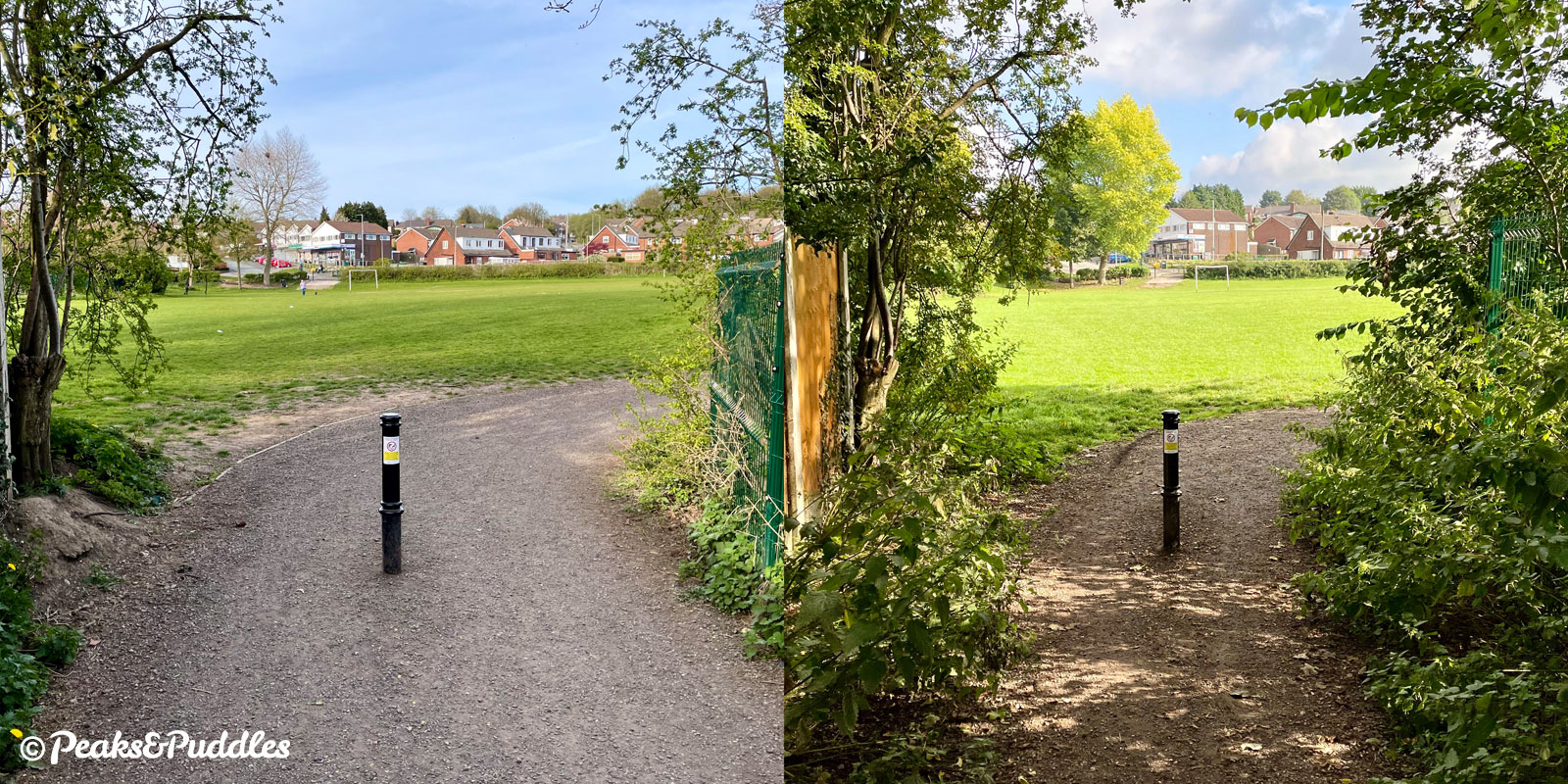
As you can see in the document, this even included setting up assault courses of cones placed in various potential access control layouts, with council officers then riding a variety of wider and longer adapted cycles through them.
Several months later, a Stockport disability group were finally invited to do the same: trying out the potential layouts to see whether they’d get stuck or not. Great fun I’m sure, working how much discrimination you’re prepared to put up with, and not at all unnecessary when the government have already specified the standard.
“Bollards with a 1.5 metre gap are the only truly acceptable option.”
The result is that, while bollards based at 1.5 metres will apparently be the standard aspiration, Stockport thinks if necessary it can get away with 1.2 metres. This appears purely based on whether there are “concerns” about quad bikes (yes, that’s a new one). Yet there’s no specification in the draft policy about what constitutes a “concern”, meaning this could easily just become the default option.
A clear gap of 1.2 metres might seem a revolution in access compared to current barriers, except that the actual “Cycle Design Vehicle” which councils should be building routes for is defined as being 1.2 metres wide itself. Even in the photos included in the policy draft, it looks ridiculously tight trying to get a 1.2 metre non-standard cycle through a 1.2 metre gap — are they serious?
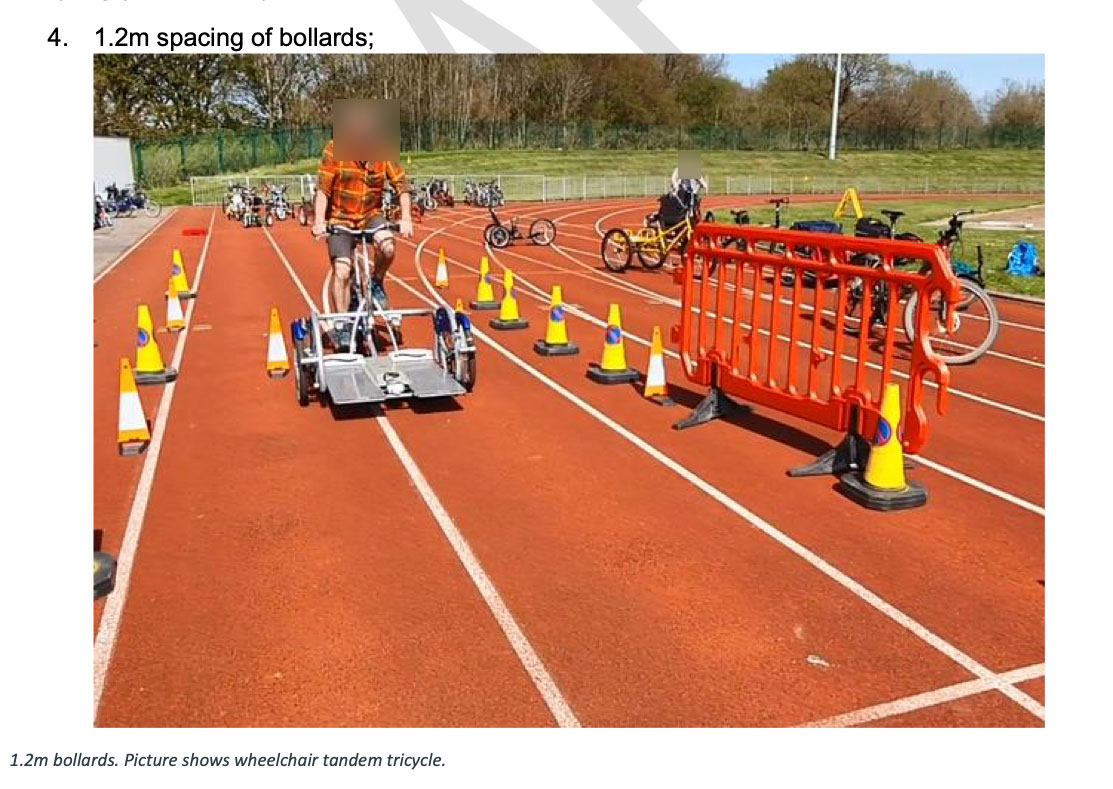
But there’s more. In certain (it’s Stockport, so we can probably read as: most) instances, the council wants to also still use chicanes: two flat barriers offset so that everyone has to weave through them. These often serve just to create a pinch point for user conflict and again an unnecessary challenge. In some instances (again, quad bikes apparently), the chicanes would also be made even more difficult by overlapping the barriers.
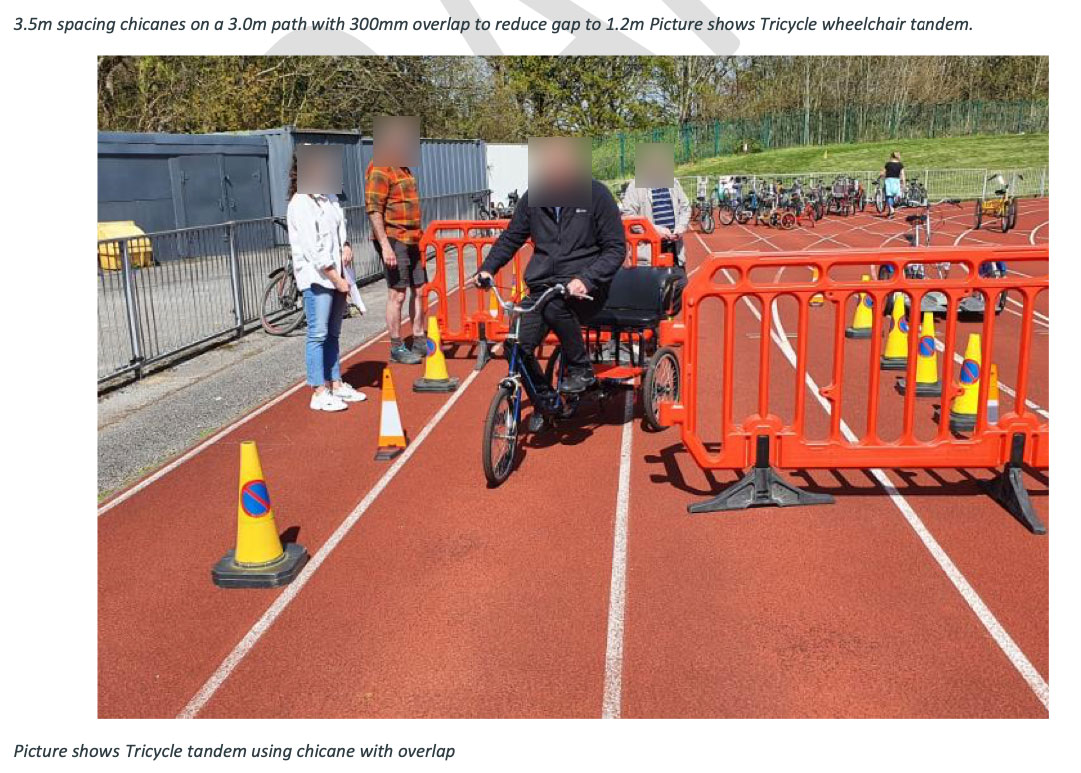
The Cycle Design Vehicle has a specified turning circle and though the council apparently believes the cycles they tested will fit through their design, there’s a difference between “will fit” (down to the millimetre) and “will fit without serious difficulty”, especially if the rider has a disability or variables like overgrown vegetation or poor path condition come into play.
For these chicanes the main fear factor is, wait for it: “concern about speeding cycles”. Again, no clear specification for what would constitute “concern” or indeed “speeding”.
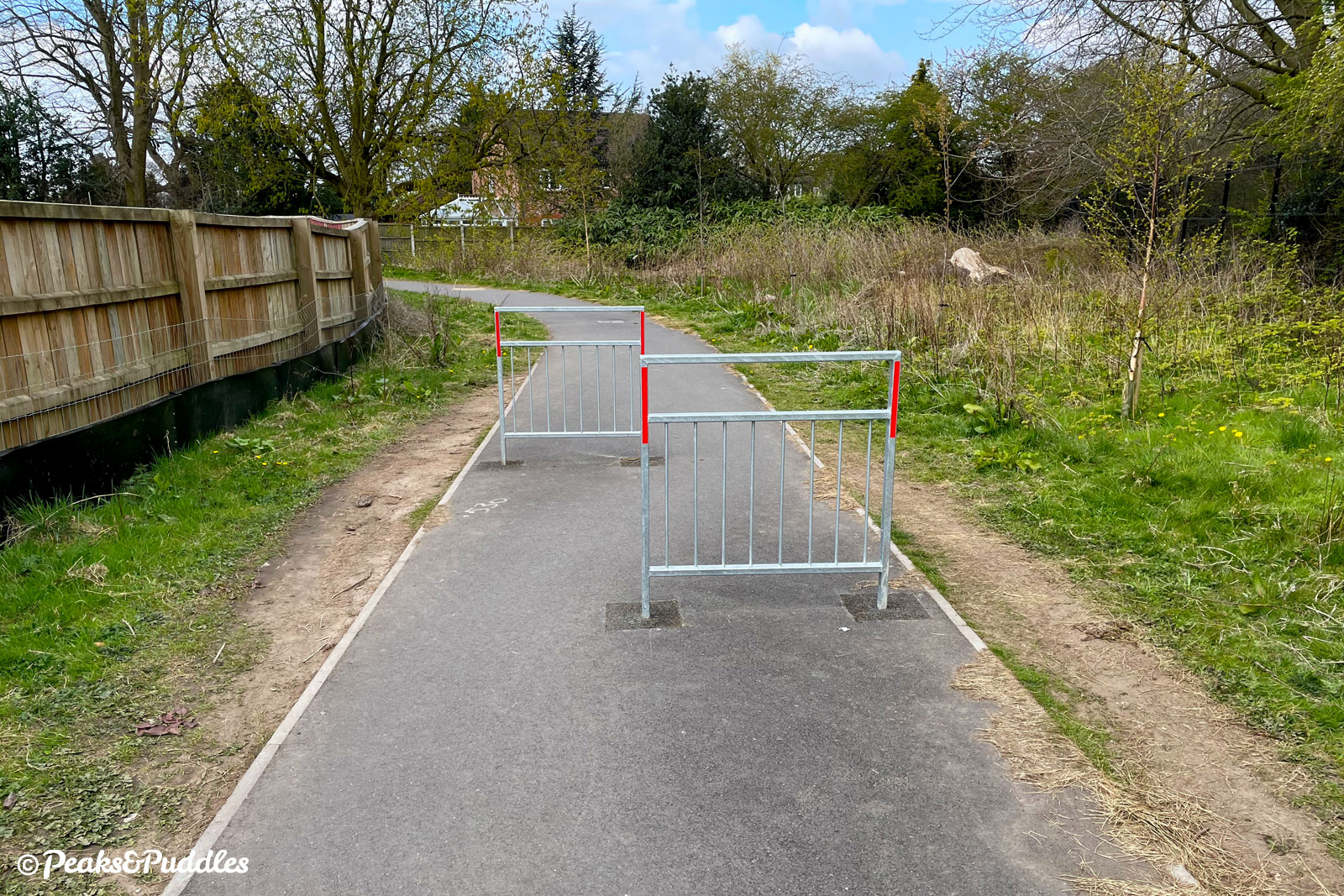
Without wanting to get into a debate about speed, it’s unclear why the council always goes so completely hard-line on this as a first resort. Signage, markings or light-touch reminders like rumble strips, as they try for roads? No. Redesign or widen the path to reduce conflict? No. Just spend thousands of pounds instead on barriers which then discriminate against legitimate users.
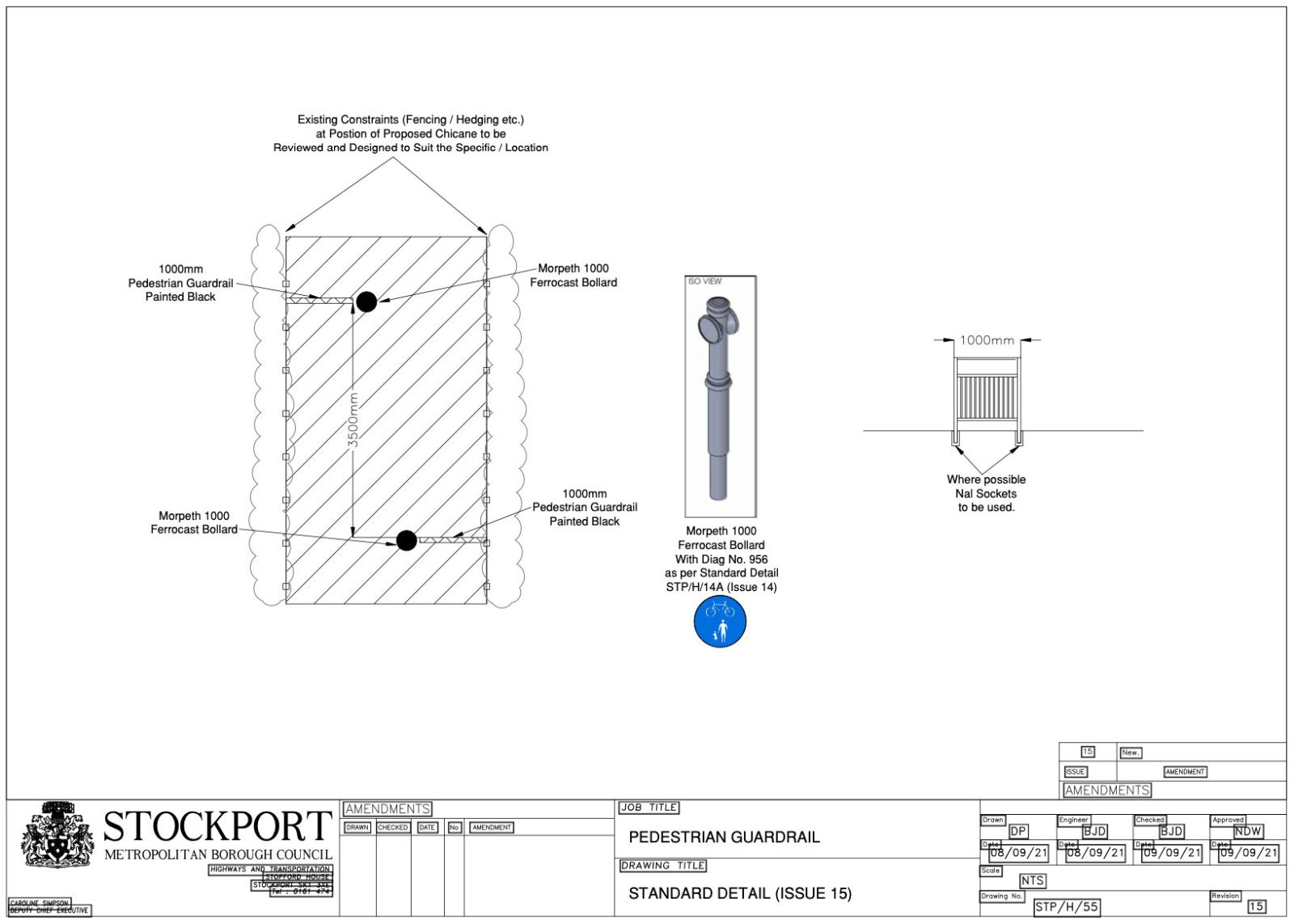
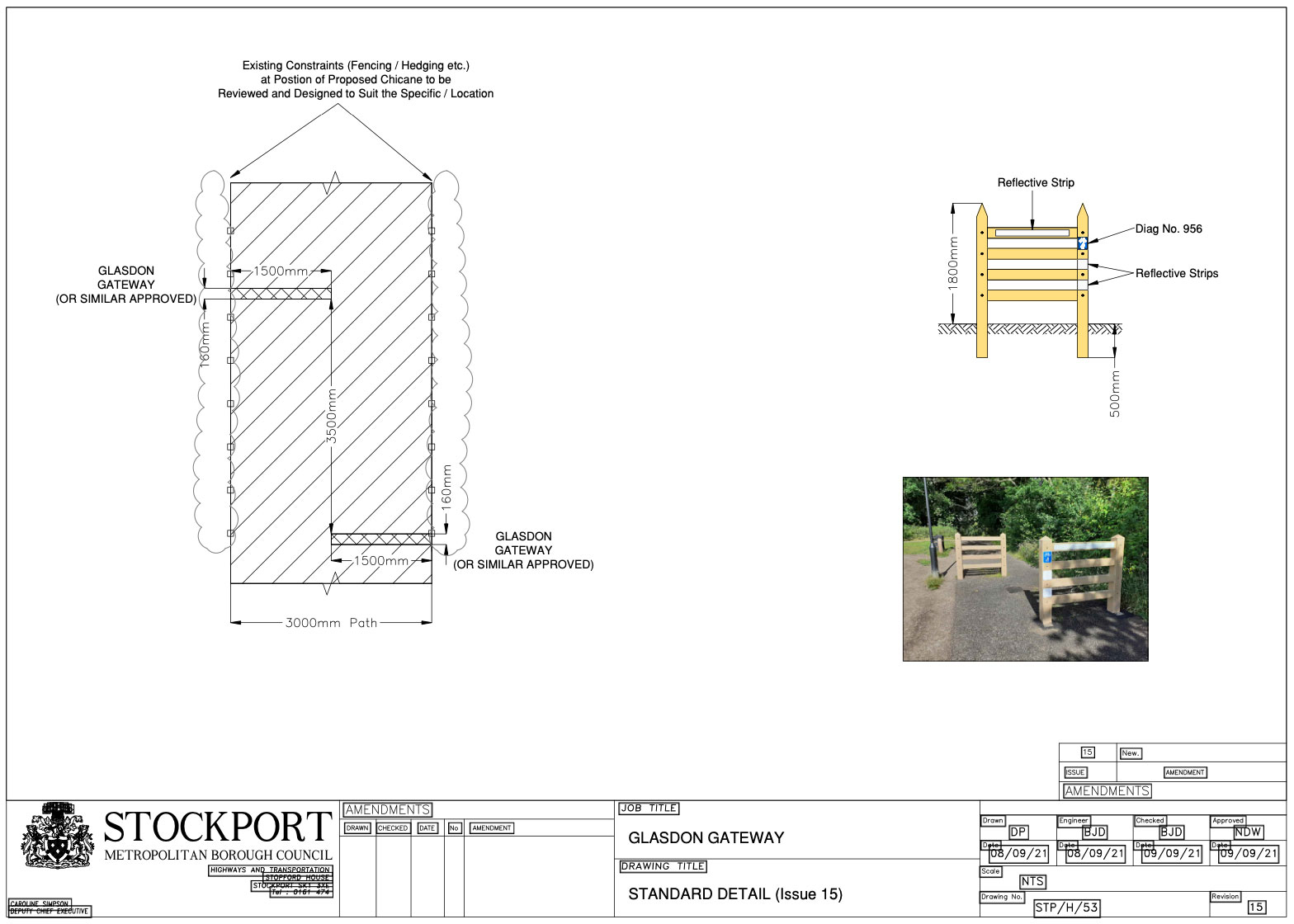
One of designs offered for these chicanes (above) is also plainly awful: offensively high, and no doubt even more expensive, wooden barriers which look more like they’re designed to herd deer than slow cyclists, offering terrible forward visibility. Seriously, do Stockport’s senior highways team have shares in the companies who build these barriers? Why are they so obsessed with littering the borough’s landscape with this expensive crap?
“It’s not actually about motorbikes any more.”
None of these options would stop motorbikes, because it’s not actually about motorbikes any more. The fact of the matter is: no barrier that effectively stops motorbikes won’t also completely block access for legitimate users with non-standard cycles, mobility scooters or double prams. Since this would be unlawful discrimination under the Equality Act 2010, this has meant that authorities can no longer (or should no longer) install new discriminatory a-frames and the like on their paths.
If illegal motor access takes place on these paths, it should and in fact can probably only be truly solved with police enforcement.
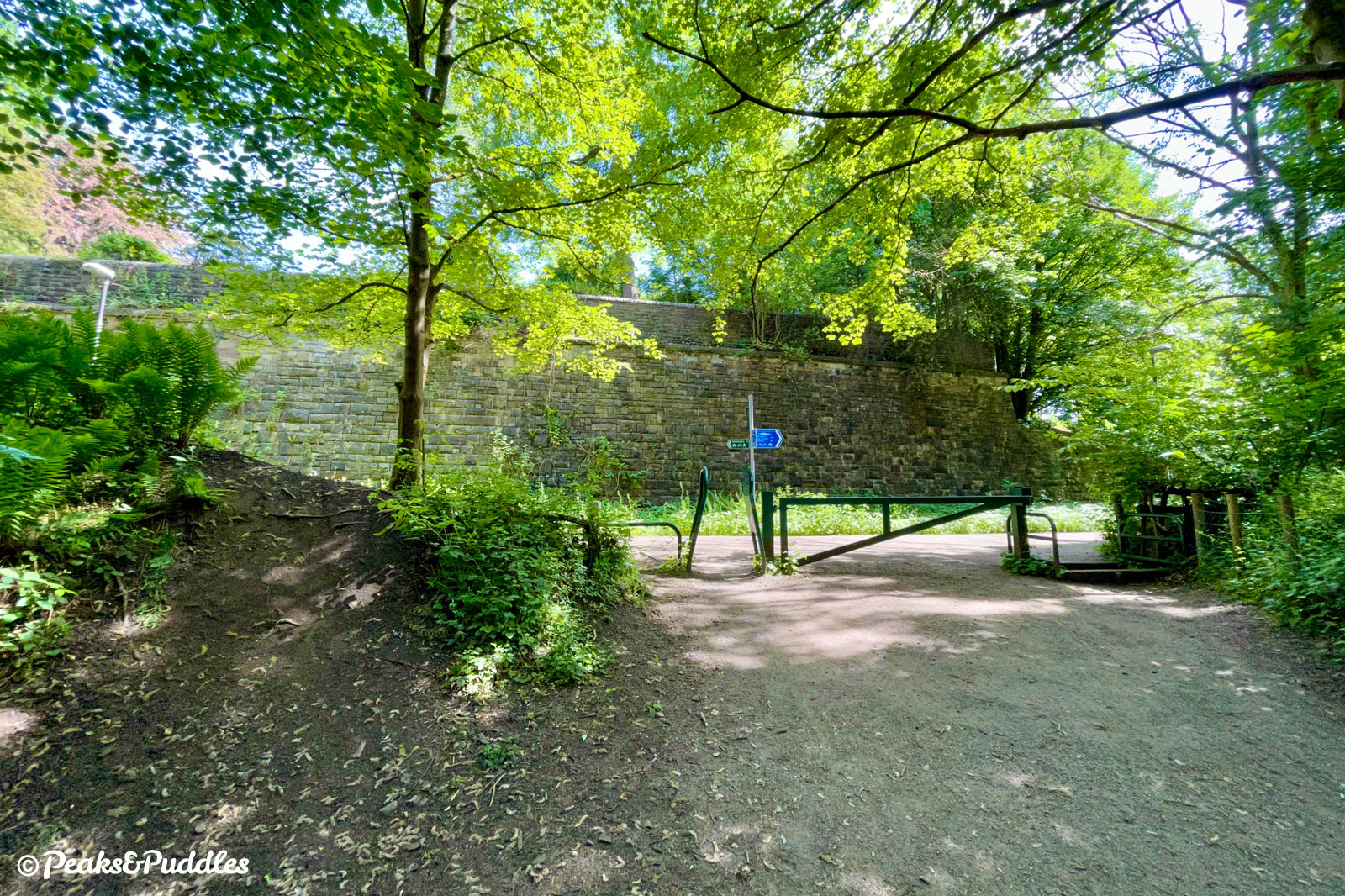
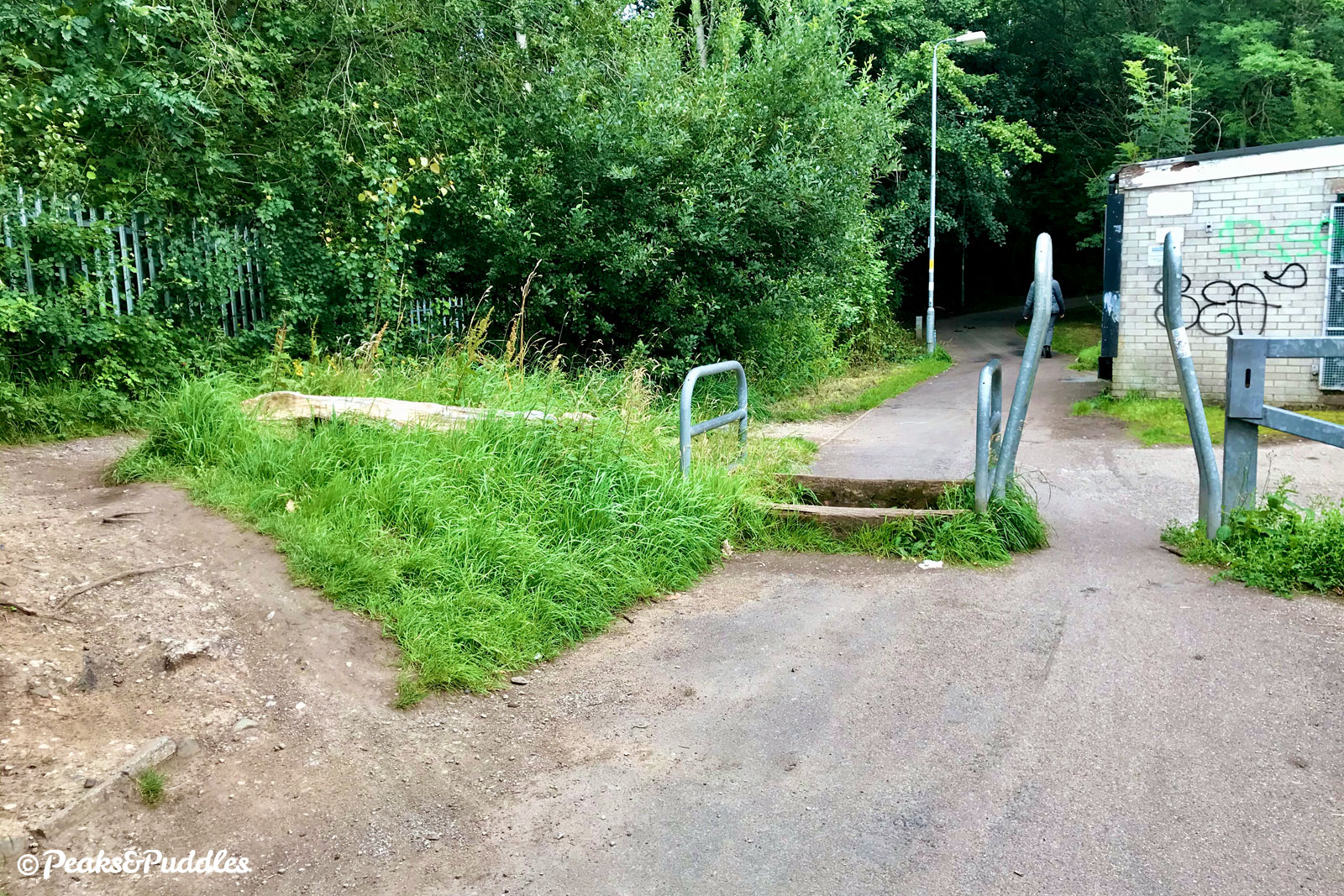
Sustrans, who look after the National Cycle Network, are one organisation who’ve had a transformational policy shift on this. Three years ago they began their “Paths for Everyone” project (an update was published this month) with a clear aim to finally make their network, infamous for its barriers, accessible to all legitimate users by removing and redesigning access controls. They are following guidance and specifying 1.5 metre clearance.
Why does Stockport think it can invent its own rules on this? There feels a desperate urge from the council to cling onto barriers by any means possible — perhaps genuinely terrified of some unsubstantiated threat or perhaps, it often feels, just purely to spite people on bikes. But of course the worst part of this is that they think they can “opt out” of making paths easily accessible, where it suits. That they think everyone’s right to access these off-road cycle networks can still be quibbled at all… or put into a bloody flow chart (see page 32/33).
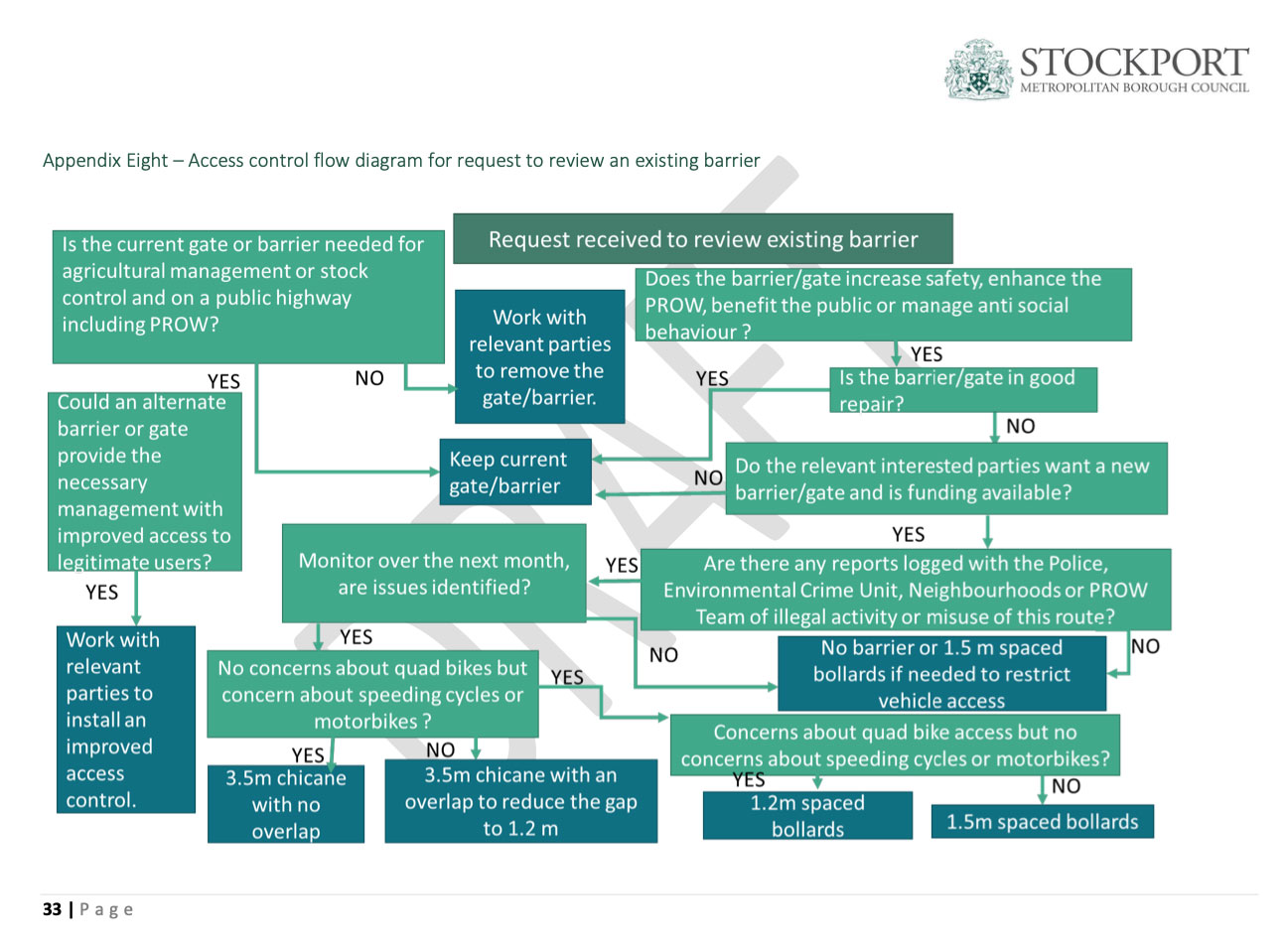
The oddest thing is, if the council were to go ahead with this and install new barriers which discriminate against someone under the Equality Act, or even fail to modify their existing access controls when challenged, they could be pursued for thousands of pounds in discrimination payouts — and they know it. So why are they being so deliberately obtuse; do they enjoy forcing people with a disability to have to fight for basic rights?
I feel, too, for Stockport’s hardy band of active travel campaigners, who’ve tried to form good relationships and work with the council. Doing what they do is exhausting, draining and life-consuming, and to be completely excluded from this policy review (as far as I know, no WalkRideGM groups were involved at any stage) and then presented with such a flawed and backwards policy document must be infuriating and completely demoralising.
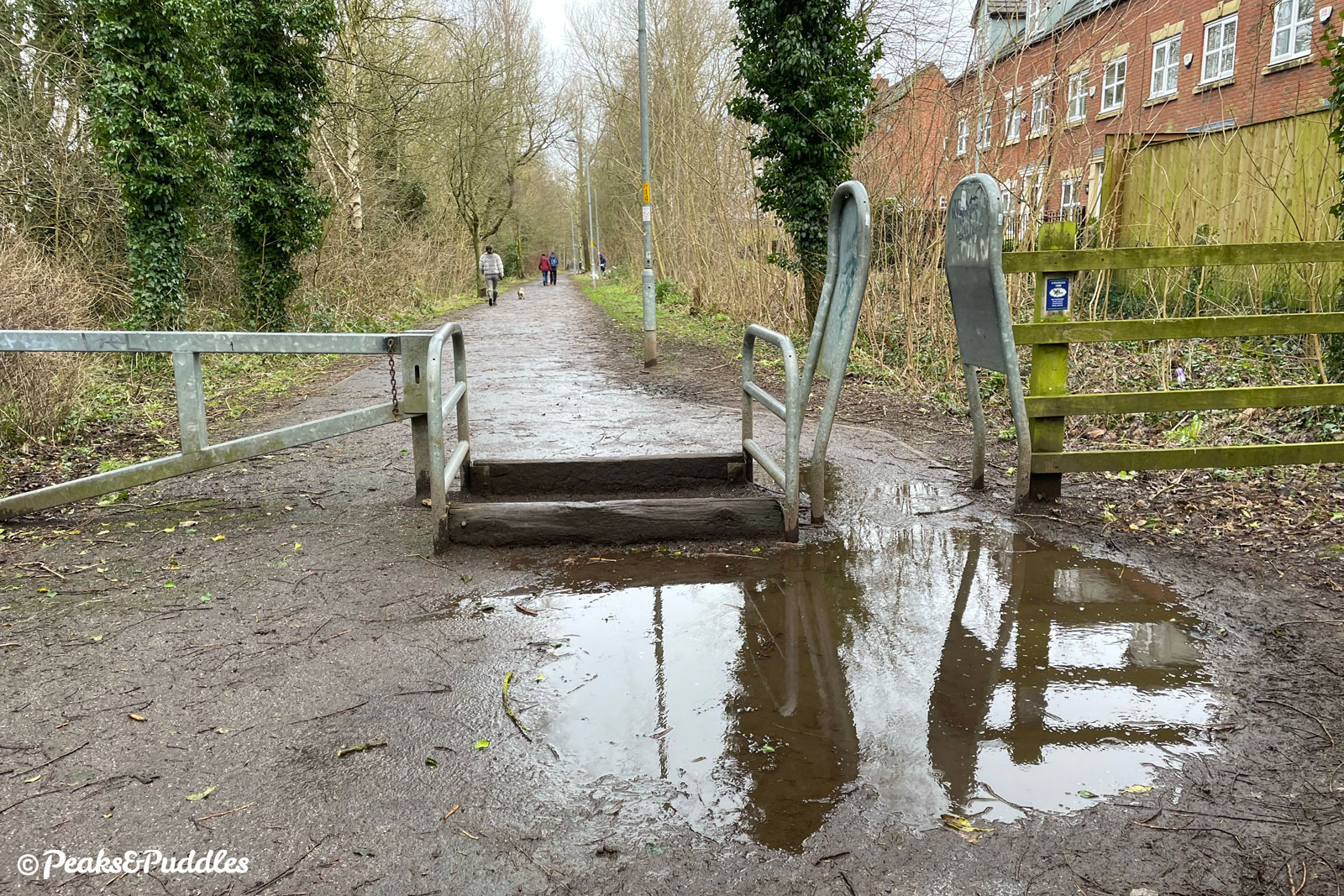
Those within Stockport Council who put together and signed off this draft should be ashamed of what they’re proposing and how they’ve gone about it; ashamed of creating another unnecessary battle for people who’ve already had enough, wasting everyone’s time with an unworkable and unlawful proposal.
When public contributors put well-rounded queries against the proposals to the council during a recent online Walking and Cycling Forum, there was a strange kind of non-plussed silence. “Well, the consultation is open… tell us your thoughts” was all they could suggest. So, lets.
Consultation ends this Friday 25th February – complete it now in just a few minutes
If you agree with the above, it’s a “Strongly Disagree” to each question — though make sure to quickly say why, with reasons such as not properly conforming to legislation and guidance.
Forming a standard policy for new access measures and reviewing existing barriers is a good thing in of itself — be clear on that — they just need to rethink basically everything they’re proposing and commit to simply follow the cycle design guide LTN 1/20.
The consultation also offers a box to list your favourite troublesome barriers — don’t hold back now!
